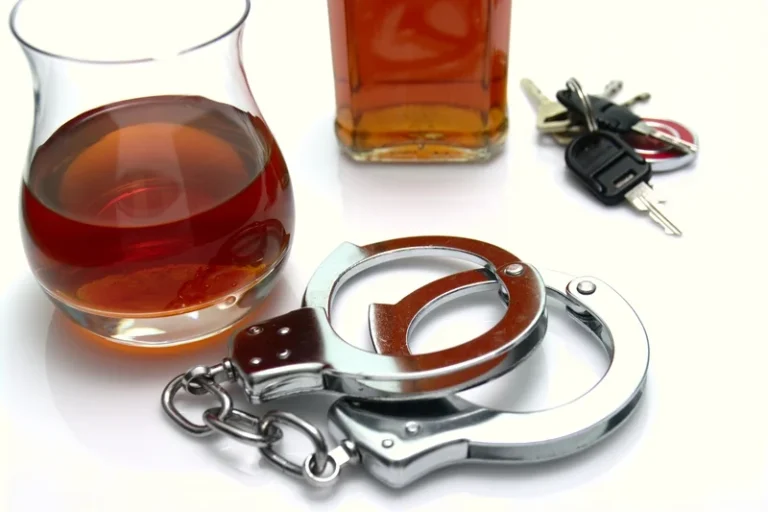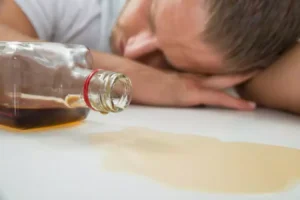
The final stage is succumbing to temptation and engaging in drug or alcohol use again. This could involve going to a bar or liquor store, contacting your dealer, or retrieving your old stash. Twelve-step groups include Alcoholics Anonymous (AA), Narcotics Anonymous (NA), Marijuana Anonymous (MA), Cocaine Anonymous https://ecosoberhouse.com/ (CA), Gamblers Anonymous (GA), and Adult Children of Alcoholics (ACA). Every country, every town, and almost every cruise ship has a 12-step meeting. There are other self-help groups, including Women for Sobriety, Secular Organizations for Sobriety, Smart Recovery, and Caduceus groups for health professionals.
Marlatt’s relapse prevention model: Historical foundations and overview
- These may serve to set up a relapse, for example, using rationalization, denial, or a desire for immediate gratification.
- On 13 March, Japan also convened an open debate on “Promoting Conflict Prevention—Empowering All Actors Including Women and Youth”.
- RP skills in MET/CBT include assertive drink and drug refusal, strategies to obtain social support, developing a plan for fun sober activities, and problem solving for high-risk situations and a lapse if it occurs.
- Further, a randomized trial of olanzapine led to significantly improved drinking outcomes in DRD4 L but not DRD4 S individuals [100].
- Getting back on track quickly after a lapse is the real measure of success.
- On the other hand, individuals expect that not using drugs or alcohol will lead to the emotional pain or boredom that they tried to escape.
Recovery benefits from a detailed relapse prevention plan kept in a handy place—next to your phone charger, taped to the refrigerator door or the inside of a medicine cabinet—for immediate access when cravings hit. A good relapse prevention plan specifies a person’s triggers for drug use, lists some coping skills to summon up and distractions to engage in, and lists people to call on for immediate support, along with their contact information. No matter how much abstinence is the desired goal, viewing any substance use at all as a relapse can actually increase the likelihood of future substance use. It encourages people to see themselves as failures, attributing the cause of the lapse to enduring and uncontrollable internal factors, and feeling guilt and shame. One primary concern in addiction treatment is the high rate of relapses within a short period after even the most intensive treatment.
- By understanding the impact of social pressure on relapse and proactively creating a supportive network, you can ensure success in recovery.
- The phrase “cravings” is used to refer to the feeling someone has when they wish to use again.
- However, at this time, breathalyzers are only able to detect alcohol, so they may not provide deterrence against relapse on other substances unless combined with random urine drug screens.
- Relapse is most likely in the first 90 days after embarking on recovery, but in general it typically happens within the first year.
What’s Included in a Relapse Prevention Plan
Certain people, places, and situations can drive you back into drinking or using drugs again. Being aware of the stages of relapse and having a plan to deal with them can help prevent you from using again. Follow these 10 techniques to help you stay on track with your recovery. Useful prevention tools that Council members all appear to value are the UN’s regional offices for West Africa, Central Africa, and Central relapse prevention Asia (UNOWAS, UNOCA, and UNRCCA), known for their early warning and good offices activities. Following the initial introduction of the RP model in the 1980s, its widespread application largely outpaced efforts to systematically validate the model and test its underlying assumptions. Efforts to evaluate the validity [119] and predictive validity [120] of the taxonomy failed to generate supportive data.
What is a Relapse Prevention Plan?
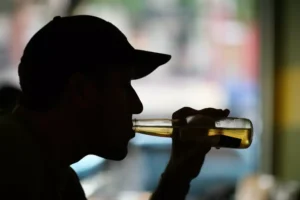
Write down things that have helped you stay sober on your recovery journey. Positive coping skills include attending support groups, exercising, journaling, and eating healthy foods to minimize intense cravings. A missing piece of the puzzle for many clients is understanding the difference between selfishness and self-care. Clinical experience has shown that addicted individuals typically take less than they need, and, as a result, they become exhausted or resentful and turn to their addiction to relax or escape. Part of challenging addictive thinking is to encourage clients to see that they cannot be good to others if they are first not good to themselves.
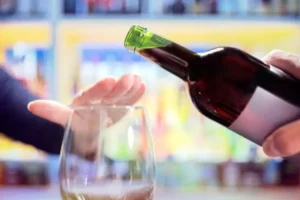
As time passes, it may be important to revisit your relapse prevention plan. The components you acknowledged in your plan at the beginning of your recovery have the potential to change and develop over time, as do the people in your support system. Each individual’s needs will vary, so it is important to assess where you are in your recovery and to be honest with yourself. Most often, a relapse prevention plan is a written document a person creates with their treatment team and shares with their support group. The plan offers a course of action for responding to triggers and cravings.
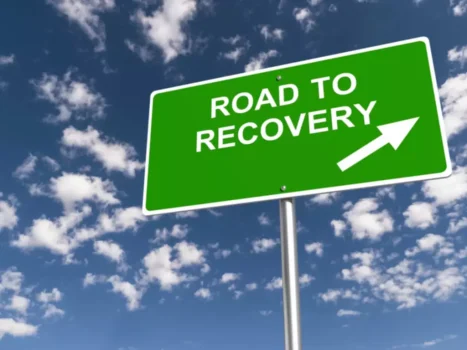
Continuous Personal Development
Self-control and coping responses
Mindfulness-Based Relapse Prevention
